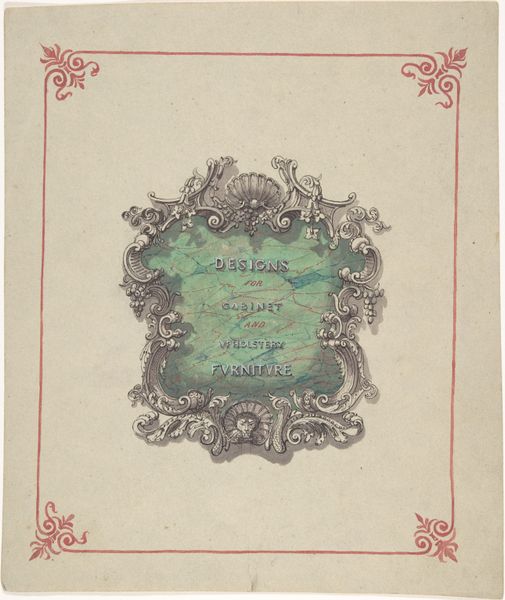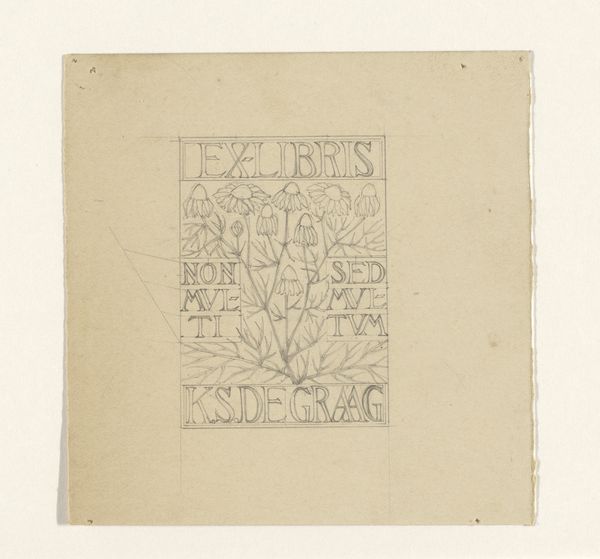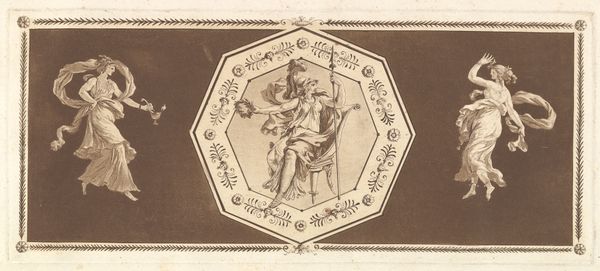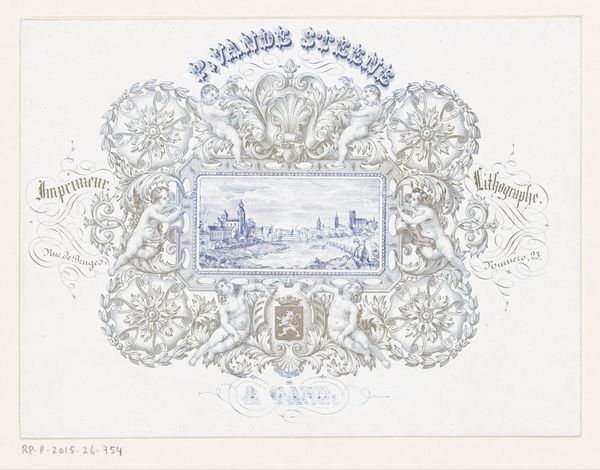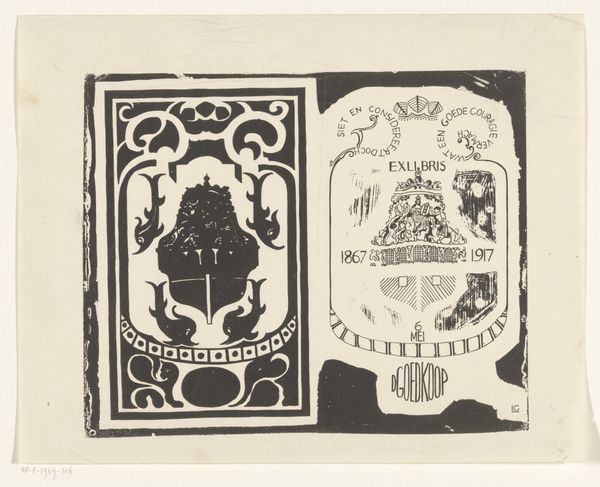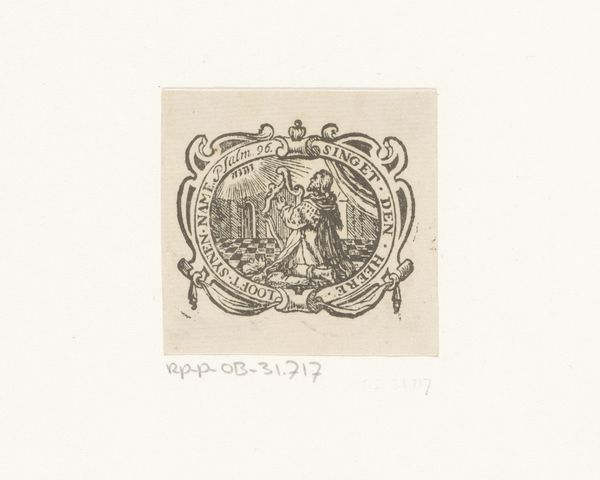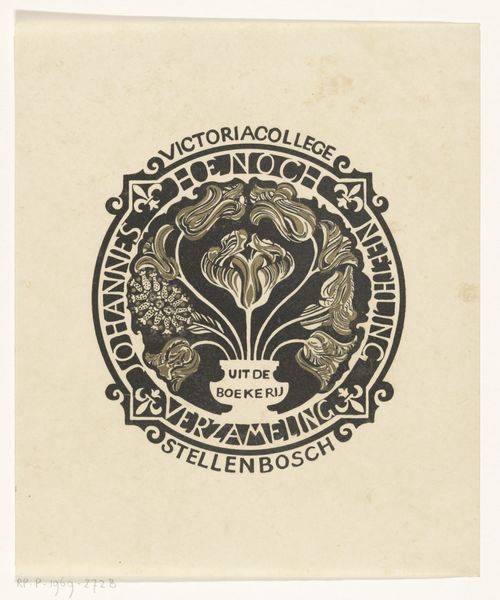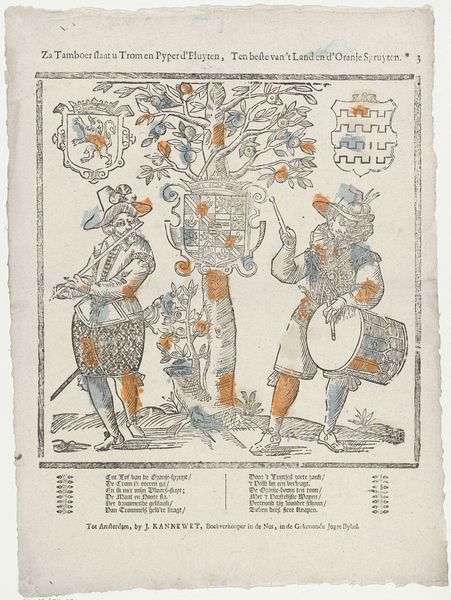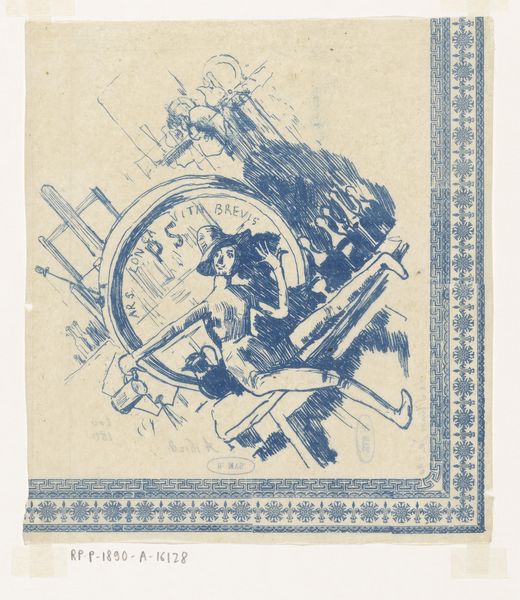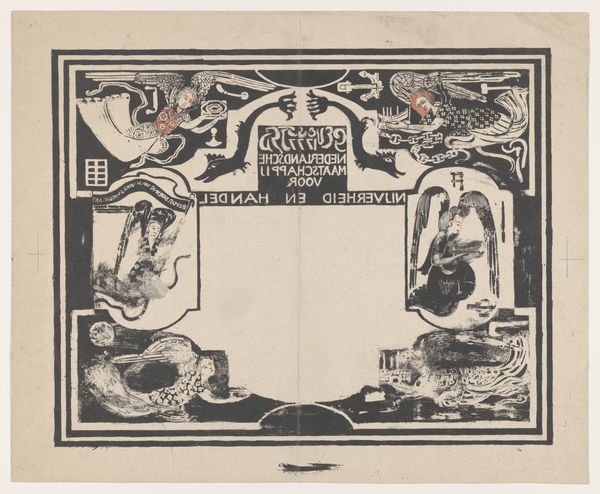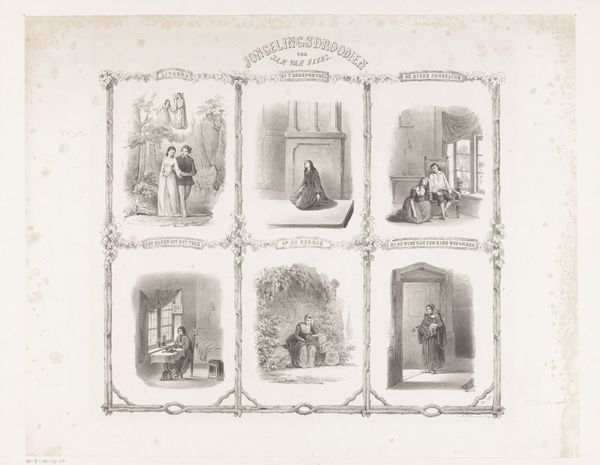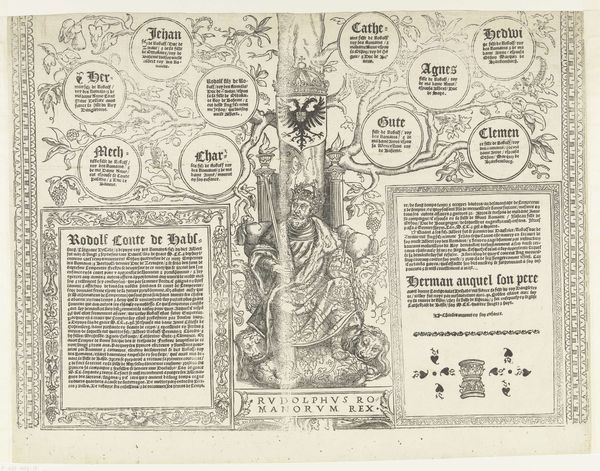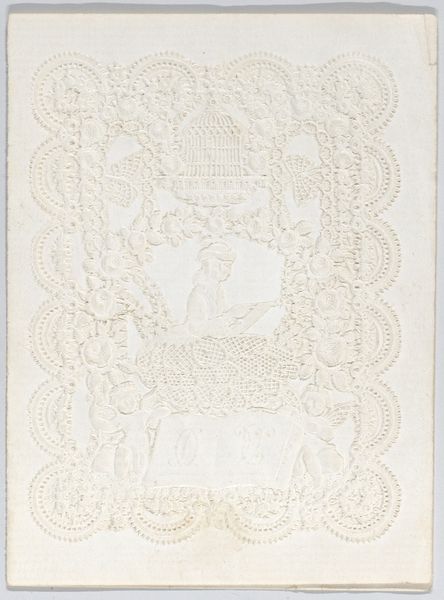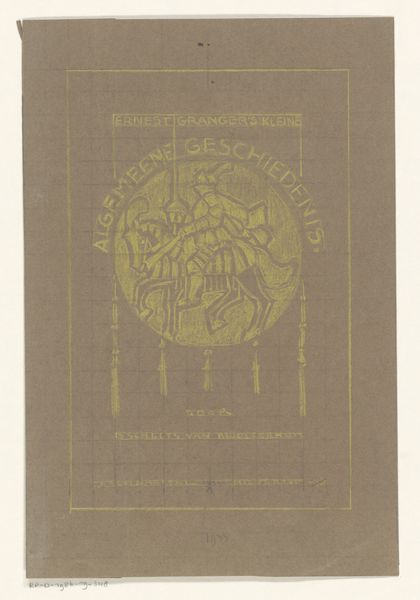
Advertentie van drukker Édouard De Lay-De Muyttere te Brugge c. 1842 - 1857
0:00
0:00
lithograph, print, paper
#
portrait
#
lithograph
# print
#
paper
#
history-painting
Dimensions: height 280 mm, width 233 mm
Copyright: Rijks Museum: Open Domain
Curator: Editor: So, here we have "Advertentie van drukker Édouard De Lay-De Muyttere te Brugge," a lithograph from circa 1842 to 1857. It's quite fascinating - all these small historical scenes clustered together. What stands out to you in this work? Curator: I see a potent commentary on the act of representation itself. The lithograph isn’t just an advertisement; it's a declaration of the printer's capabilities and the cultural values they propagate. Édouard De Lay-De Muyttere uses history-painting excerpts and portraits of powerful men like Napoleon to position themselves as more than just a printer - they become gatekeepers of collective memory and national identity. Consider, what kind of stories are being circulated and whose version of history is deemed worthy of reproduction and consumption? Editor: That's interesting! So it's not just about showing off what they *can* print, but making a statement about what they *choose* to print? Curator: Precisely! In doing so, it implicates the consumer as well. The intended audience is invited to participate in and validate these narratives by commissioning further works. By controlling reproduction, the printer shapes perceptions, effectively wielding a form of cultural power. We have to be very conscious of these acts, understanding that the control of publishing, in the hands of so few, defines public discourse. What are your thoughts on how printing affects the stories told of a society? Editor: It's like… whoever controls the printing press controls the narrative. I hadn’t thought about a printer’s ad as having so much social and political weight. It highlights how even seemingly simple advertisements can be powerful tools of cultural influence. I'll definitely look at printed materials with a more critical eye from now on. Curator: Absolutely! Art, in its many forms, reflects power dynamics.
Comments
No comments
Be the first to comment and join the conversation on the ultimate creative platform.
